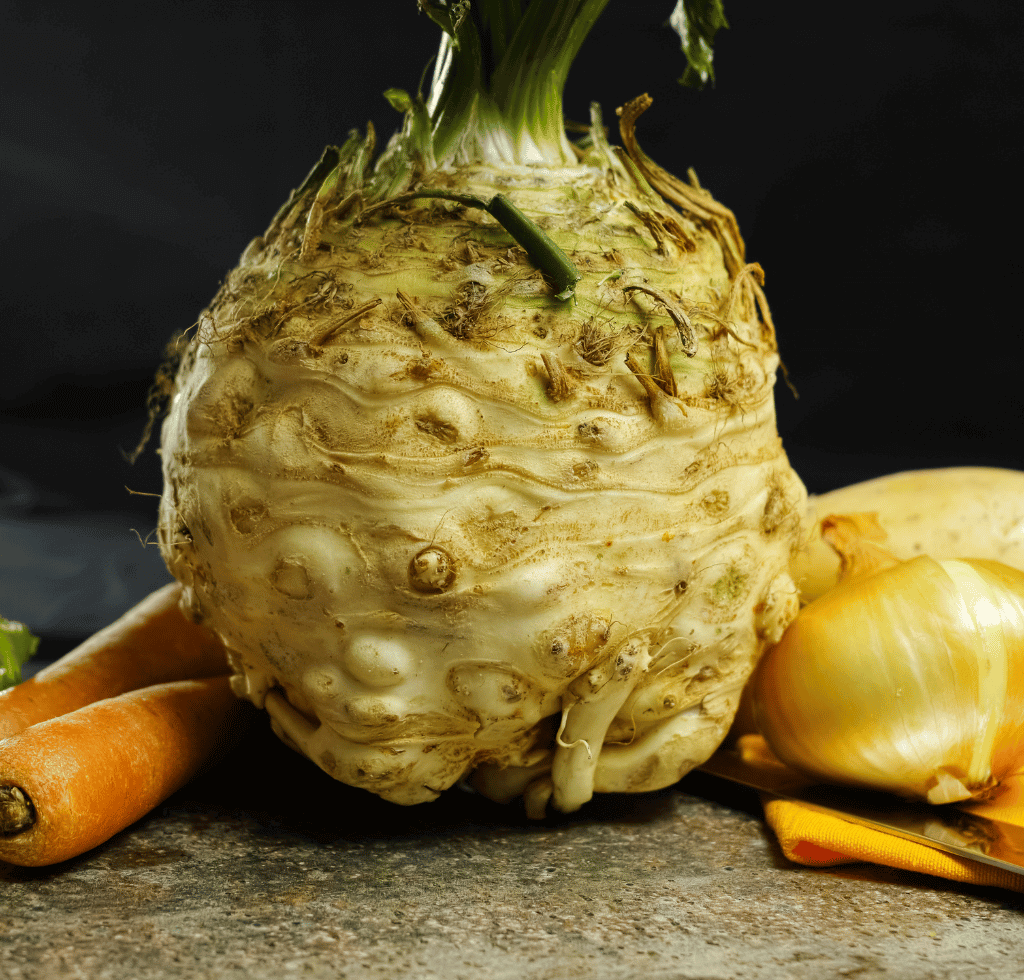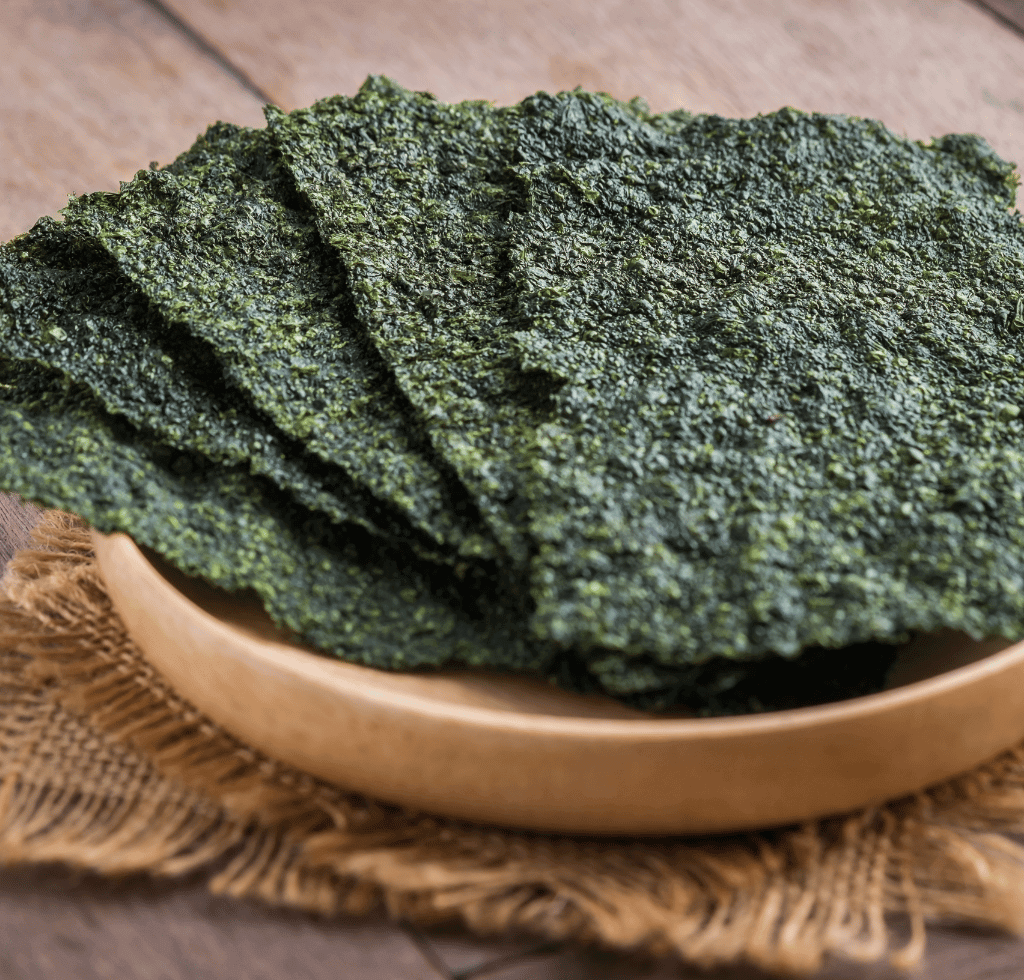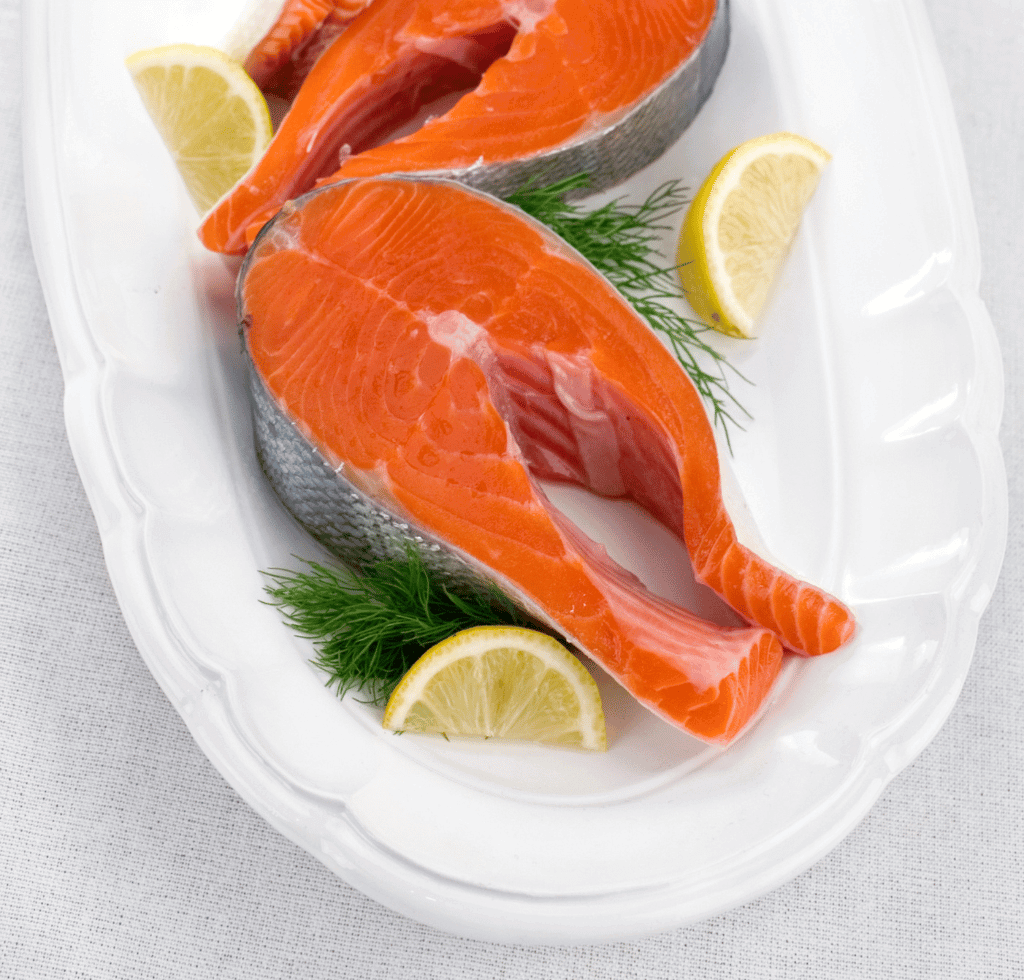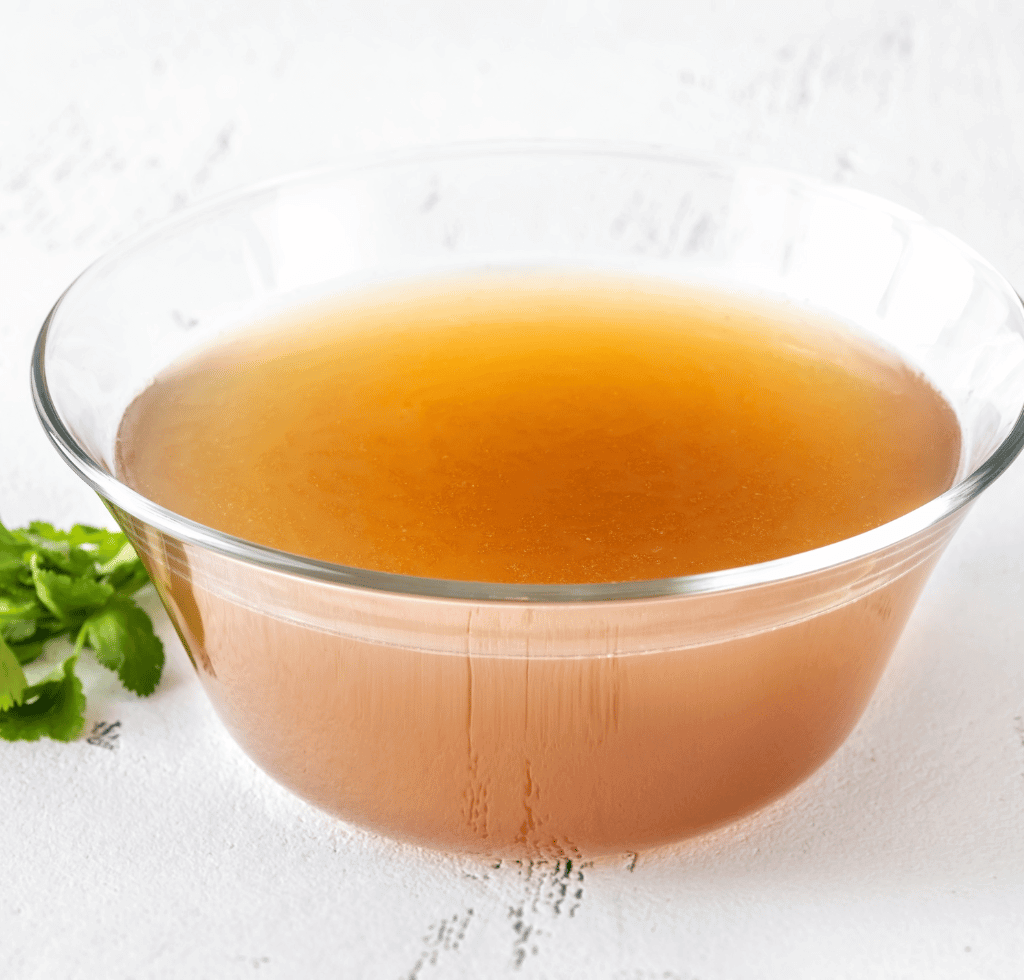In the pursuit of managing diabetes, the quest for the right foods is paramount. It’s about finding those rare gems that are not only delicious but also kind to your blood sugar levels. This journey brings us to ten exceptional foods, each with their own unique benefits and flavors, all while boasting zero carbs and sugars.
10. Grass-Fed Beef
Grass-fed beef, a cut above its grain-fed counterpart, stands out for its remarkable nutritional profile. A standard 3.5-ounce serving is completely devoid of carbs and sugars, making it an excellent choice for blood sugar control. It’s not just a source of high-quality protein; it’s a nutritional powerhouse.

Omega-3 and Heart Health
Rich in omega-3 fatty acids, grass-fed beef plays a vital role in enhancing insulin sensitivity. This is crucial for diabetics as it aids in blood sugar regulation. Moreover, these fatty acids contribute to heart health by lowering triglycerides and elevating ‘good’ HDL cholesterol levels.
Additional Nutritional Benefits
Its higher concentration of conjugated linoleic acid (CLA) aids in glucose metabolism. The increased levels of iron, magnesium, and zinc in grass-fed beef are essential for oxygen transport, biochemical reactions, and boosting immunity, respectively. The antioxidants like vitamins A and E protect against cellular damage, and the B vitamins it contains are critical for energy and cellular functions.
Sourcing and Sustainability
When purchasing grass-fed beef, it’s important to verify its authenticity. Look for clear labels or certifications that confirm the cattle were 100% grass-fed. This not only ensures you’re getting the nutritional benefits but also supports sustainable farming practices.

9. Celeriac or Celery Root
Celeriac, or celery root, might not win a beauty contest, but it’s a star in the culinary world. This root vegetable is a top choice for those limiting carbs, with its potato-like texture and a unique, earthy flavor hinting at celery.
Culinary Versatility
Celeriac’s adaptability in the kitchen is impressive. Roasting it brings out a delightful flavor, perfect as a side dish. For a low-carb alternative to mashed potatoes, try mashing celeriac. Its crisp texture makes for a refreshing salad when thinly sliced and dressed with a tangy mustard dressing. Additionally, pureeing celeriac into soups offers a creamy texture without the extra carbs.
Nutritional Powerhouse
The dietary fiber in celeriac promotes digestion and satiety, essential for managing diabetes. It’s rich in vitamins, including 21% of the daily value of Vitamin K for bone strength and 8% of Vitamin C for immune health. The antioxidants present protect cells from damage, making celeriac a nutritious addition to a diabetic-friendly diet.
8. Shirataki Noodles
Shirataki Noodles, originating from Japan, are a revelation in diabetic-friendly foods. Mainly composed of water and glucomannan, a soluble fiber, these noodles are a diabetic’s dream, offering less than one gram of carbs and zero grams of sugar per 100 grams.

Blood Sugar Regulation
The key to Shirataki Noodles’ benefits for diabetics lies in the glucomannan fiber. This fiber forms a gel in the gut, slowing down carbohydrate digestion and sugar absorption, thereby stabilizing blood sugar levels after meals.
Metabolic Health Benefits
Studies have linked glucomannan to improved metabolic health. It’s shown to lower ‘bad’ LDL cholesterol and help with weight management, an important aspect for type 2 diabetes control. The fiber’s appetite-reducing properties aid in maintaining a healthy weight, further benefitting blood sugar management.
Adding Shirataki Noodles to Your Diet
These noodles can be incorporated into various dishes, from stir-fries to soups. They absorb the flavors of the ingredients they’re cooked with, making them a versatile and beneficial addition to any diabetic’s meal plan.

7. Feta Cheese
Feta Cheese, a staple of Greek cuisine, is a delightful combination of creamy and tangy flavors. Not only is it delicious, but it’s also a boon for those with diabetes.
Low Carb, High Reward
Remarkably, Feta contains only 4 grams of carbs and less than 1 gram of sugar per 100 grams, making it an excellent choice for maintaining stable blood sugar levels. Its low glycemic index means it releases glucose slowly, preventing spikes in blood sugar.
Nutritional Benefits
Feta’s 21 grams of fat per 100 grams is not only lower than many cheeses but also rich in conjugated linoleic acid, which aids in fat burning – a crucial aspect for managing type 2 diabetes. The 14 grams of protein per 100 grams help stabilize blood sugar after meals. Additionally, Feta is rich in calcium, supporting bone health, and the presence of probiotics from fermentation boosts gut health, essential for metabolic balance.
Culinary Versatility
Whether crumbled over a salad or baked into savory dishes, Feta isn’t just a culinary delight. It’s a cheese that caters to the dietary needs of diabetics, making it a wise and delicious choice.
6. Chicken Liver or Other Organ Meats
Organ meats, such as chicken liver, might not be conventional choices but are nutritionally exceptional, especially for diabetics. A 100-gram serving of chicken liver contains only 2 grams of carbs and negligible sugar, along with a substantial 25 grams of protein.

Rich in Vital Nutrients
Chicken liver is an excellent source of bioavailable iron, which is crucial for energy levels, a concern for many diabetics. It’s also packed with B-vitamins, including B12, vital for nerve health and potentially protective against diabetic neuropathy.
The Organ Meat Advantage
Incorporating chicken liver into your diet can provide a unique combination of low carbs, high protein, and essential vitamins, making it an ideal choice for anyone looking to manage their diabetes effectively.

5. Black Coffee with Cinnamon
Black coffee, a staple for many, becomes even more beneficial for diabetics with the addition of cinnamon. Free of carbs and sugars, black coffee is naturally diabetic-friendly.
The Role of Chlorogenic Acid
The chlorogenic acid found in black coffee has been studied for its potential to regulate glucose metabolism, potentially slowing glucose absorption and aiding in blood sugar stabilization.
Cinnamon’s Blood Sugar Benefits
Cinnamon is not just a flavor enhancer; it’s a powerful tool in diabetes management. Rich in antioxidants and anti-inflammatory properties, cinnamon has been shown to improve insulin sensitivity and reduce fasting blood sugar levels significantly.
A Synergistic Combination
The combination of black coffee and cinnamon is more than just a flavorful beverage. It’s a strategic choice for diabetics, offering significant benefits in blood sugar regulation and overall metabolic health.
4. Seaweed
Seaweed, an integral part of Asian cuisine, is a marvel for those managing diabetes. Varieties like nori, kelp, and wakame are not only low in carbohydrates but also packed with essential nutrients.

Mineral-Rich and Metabolically Beneficial
The high iodine content in seaweed supports thyroid health, which is critical for maintaining a balanced metabolism – a concern for many diabetics. Additionally, seaweed contains fucoxanthin, a compound that aids in fat metabolism and improves insulin resistance.
Unique Fiber Content
Alginate fibers in seaweed are noteworthy for their potential to reduce fat and sugar absorption in the gut. This dual action could be instrumental in managing post-meal blood sugar levels, making seaweed an exceptional choice for diabetics.

3. Wild Caught Salmon
Wild Caught Salmon is not just a delight for the palate but also a zero-carb wonder, making it an ideal choice for diabetics. Its absence of carbs and sugars is just the beginning of its health benefits.
Omega-3s and Insulin Resistance
Packed with omega-3 fatty acids, Wild Caught Salmon combats inflammation, which is closely linked to insulin resistance. Each serving delivers a substantial dose of these beneficial fats, supporting overall health and blood sugar management.
Hidden Nutritional Treasures
Salmon is rich in calcitonin, a peptide that may enhance insulin’s efficiency on liver cells. Additionally, the antioxidant astaxanthin, responsible for salmon’s unique color, has been shown to positively affect genes linked to glucose metabolism.
Sourcing Tips
When choosing salmon, opting for wild-caught ensures a richer nutrient profile and lower risk of contaminants. Look for vibrant coloration and check labels to confirm its wild origins.
2. Tempeh
Tempeh, a traditional Indonesian food, has become a global sensation, particularly for those on a zero-carb and sugar-conscious diet. It’s a high-protein, low-carb option, making it perfect for diabetics.

Impact on Blood Sugar
The bioactive peptides in tempeh have been shown to reduce post-meal blood sugar levels significantly. Fermentation not only enhances its nutrient content but also introduces beneficial probiotics, crucial for gut health.
Gut Health and Diabetes Management
A healthy gut microbiome is vital for insulin sensitivity, and tempeh’s natural probiotics play a significant role in nurturing gut health. This, in turn, aids in stabilizing blood sugar levels.
Isoflavones and Vascular Health
Isoflavones in tempeh have garnered attention for their potential to improve vascular function in type 2 diabetics, thereby reducing the risk of heart-related complications.

1. Bone Broth
Bone Broth, a time-honored staple in culinary traditions, is more than just a flavorful soup base. It emerges as a powerful ally in the fight against diabetes and obesity, offering a wealth of nutrients and health benefits.
Rich in Collagen and Protein
Bone broth is renowned for its high collagen content. A single cup can provide up to 10 grams of protein, mainly from collagen. This protein is crucial not just for skin and joint health but also for maintaining the integrity of the gut lining. An intact gut lining is essential for diabetics, as it helps prevent ‘leaky gut’ syndrome, which is linked to chronic inflammation and insulin resistance.
Amino Acids for Insulin Regulation
The amino acid profile of bone broth, particularly glycine and proline, is particularly beneficial for diabetics. These amino acids have shown promise in regulating insulin. Research from the Journal of Nutrition & Metabolism highlights that an additional intake of glycine can significantly improve insulin sensitivity.
Zero Carbs, Maximum Benefit
Bone broth is a diabetic-friendly choice with zero carbs and sugars. This makes it an excellent option for those strictly managing their blood sugar levels. Its nutrient-dense composition provides essential vitamins and minerals, making it a nourishing addition to any diabetic diet.
More Than Just Broth
Bone broth transcends being a mere culinary component; it is a nutrient-packed elixir that supports holistic well-being. For diabetics, it offers more than just symptom management—it rejuvenates from within, underscoring the importance of a nutrient-rich diet in diabetes care.
The Top Choice for Diabetics
With its rich nutritional profile, bone broth rightfully claims the top spot on our list. It’s not just a passing trend but a potent, health-promoting broth that offers a myriad of benefits for diabetics, from gut health to improved insulin sensitivity.
The Power of Conscious Eating and Continued Learning
As we conclude our exploration of zero carb, zero sugar foods, we see that managing diabetes is a multifaceted journey, combining medication, lifestyle adjustments, and informed dietary choices. Each food item we’ve discussed offers more than just stable blood sugar levels; they bring a harmonious blend of nutrition, flavor, and joy to your daily diet.
Incorporating these foods into your meals is a step toward better health, but your journey doesn’t have to stop here. To further expand your understanding and find more inspiration for diabetic-friendly eating, we invite you to watch this informative video:





